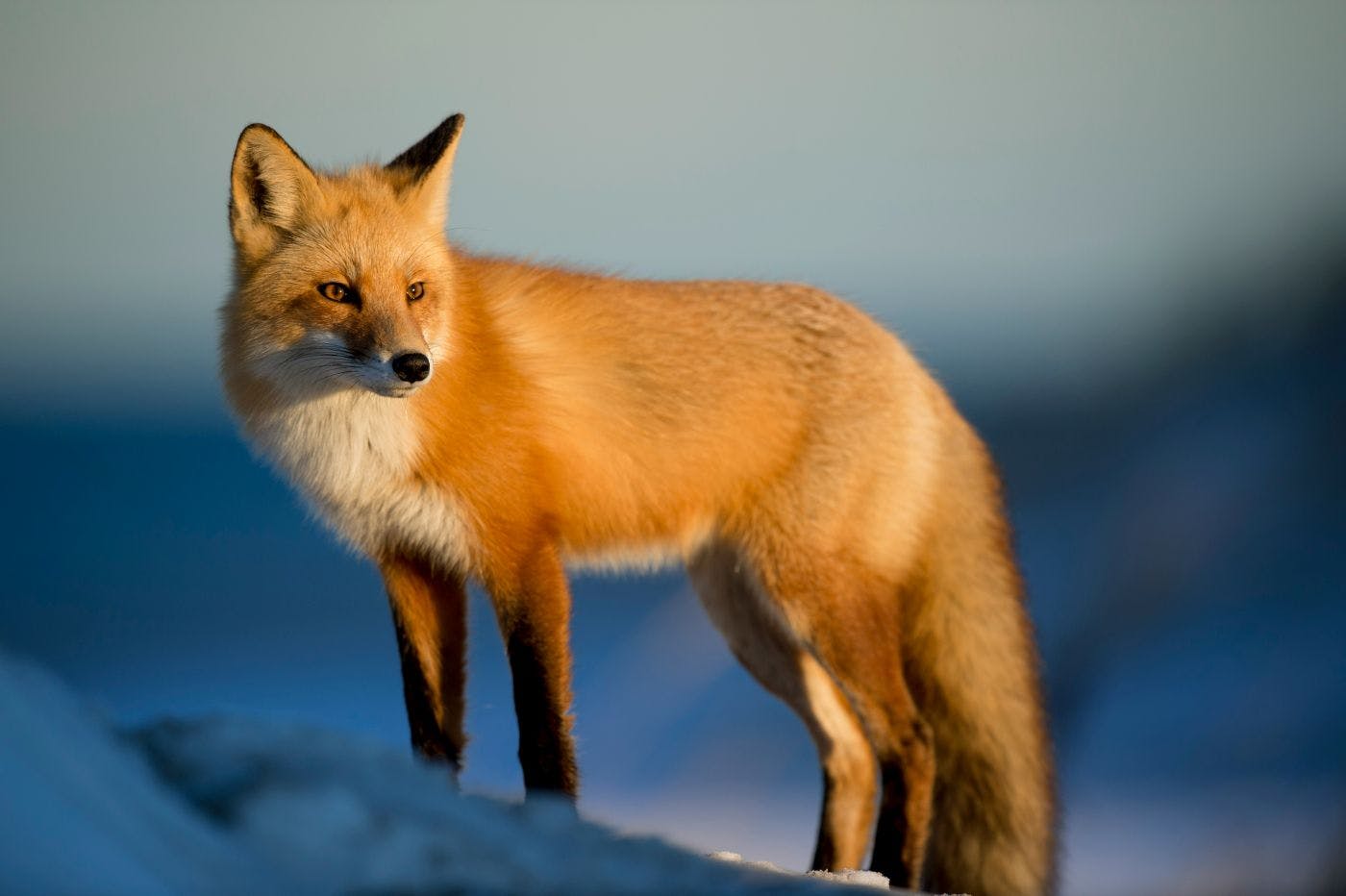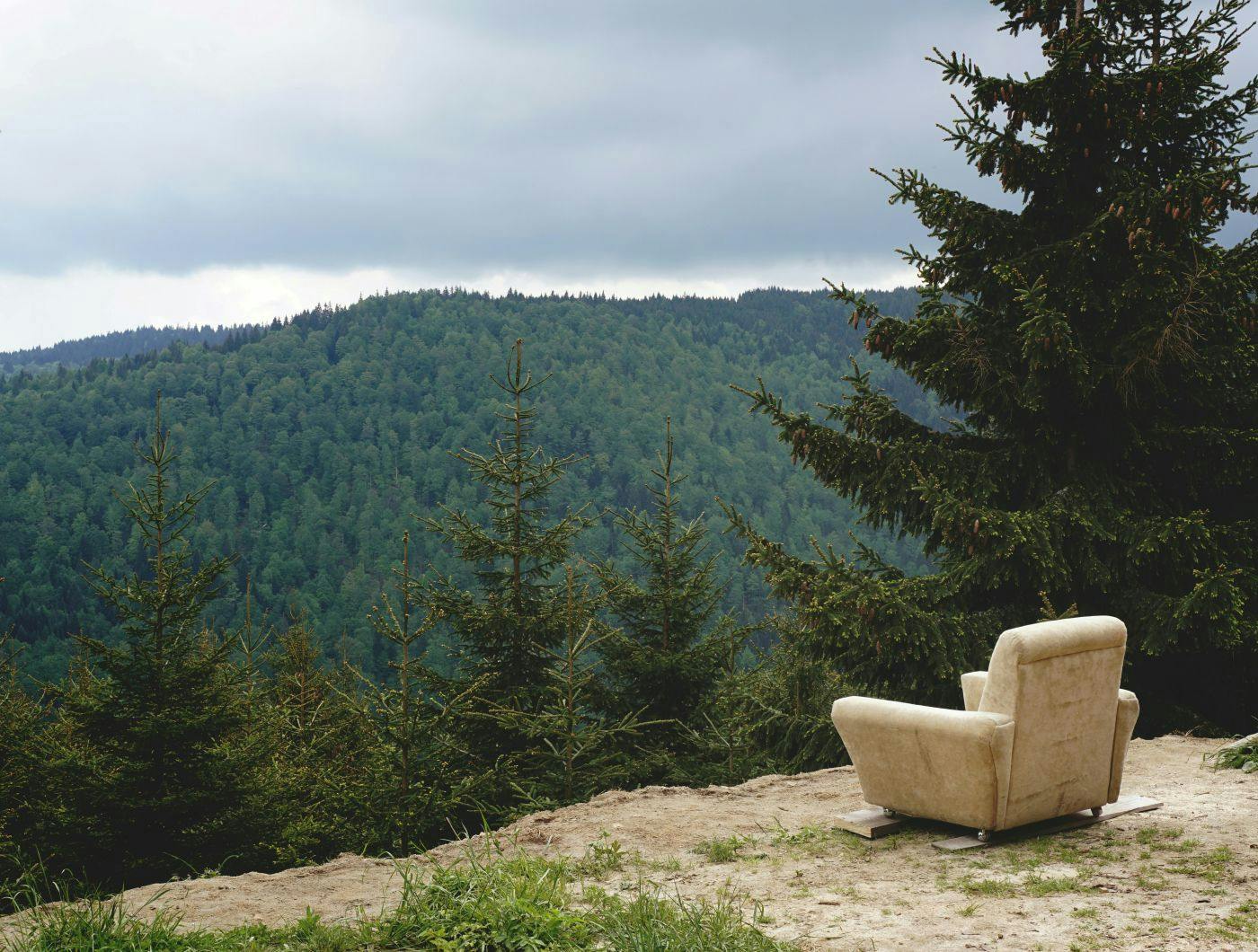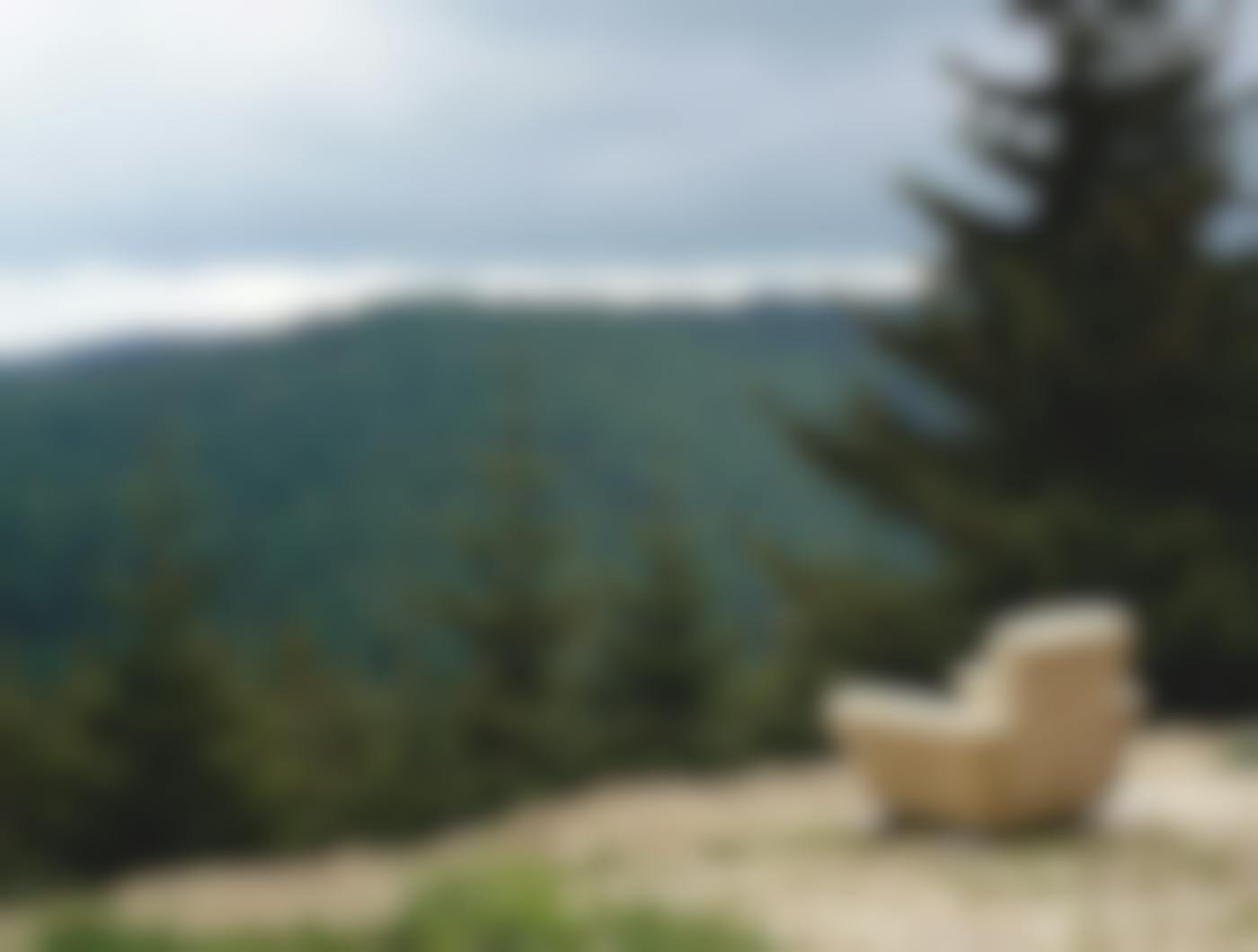
Just like a person, a brand can’t always rely on constant talking to exist or be understood. In fact, sometimes the act of speaking less—or pausing entirely—can reveal more than any campaign or post ever could.
I reached a ripe age and realized I had never once been on vacation. Sure, I had traveled the world, but always for work—never a vacation without planning around a show, a film, or a business schedule. So, about two years ago, I said to myself, “Sheckey, you should take a vacation.” And I did.
With nearly endless possibilities before me—but a modest budget—I chose a destination: the Monastery of Christ in the Desert, a Benedictine monastery in a stunning New Mexico valley. It promised beauty, serenity… and silence. The monks had taken a vow of silence, so quiet was the word.
As I planned the trip, I wondered how I’d hold up not speaking for a week. I expected to freak out, maybe scream at the hills. But I didn’t.
The silence was freeing—so freeing. A few travelers, including myself, shared meals in our own dining hall while the monks ate separately. Normally, a first meal with strangers sparks small talk: Where are you from? What do you do? How’s life back home? None of that happened. No posturing, no one-upping stories. Just smiles, eating, cleaning your space, and moving on.
I rose with the sun, wrote in my journal for hours, walked the grounds, tended to the sheep, or sat in a comfy courtyard chair listening to the wind, the birds, and the bugs. There was no “I have to do this” or “I need to see that.” No interruptions, no mental clutter. I was free. It was glorious.
The fear of having nothing to say disappeared. The worry of sounding foolish vanished. Time slowed. My mind was mine again, and the week passed beautifully. I saw only the stunning surroundings; I didn’t think about souvenirs or sightseeing checklists. I was completely present and at peace. That peace stayed with me for a month—then, well, reality returned. But for that month, I was truly at peace.
After that week in the desert, I realized something surprising: the silence wasn’t just about the absence of words—it was about presence. I noticed details I’d never noticed before: the curve of a canyon wall, the way sunlight shifted across the courtyard, the subtle rhythm of daily life that isn’t scheduled or dictated by anyone but the natural world.
Time itself felt different. Without the usual distractions and the constant hum of obligations, my thoughts stretched and curled and settled in ways they rarely do. Ideas I’d been carrying around for years seemed to untangle themselves. Questions I didn’t even know I had rose to the surface and found answers. I wasn’t chasing experiences or documenting moments for anyone else. I was simply there—watching, listening, noticing, and being.
That week in the monastery taught me that stepping away isn’t passive. It’s active. It’s an intentional slowing down, a deliberate absence from the noise of our lives. And as I sat quietly in the courtyard, it struck me: if this kind of clarity, perspective, and insight could come to me by being still, what might it do for a brand? Could brands, too, benefit from a pause?
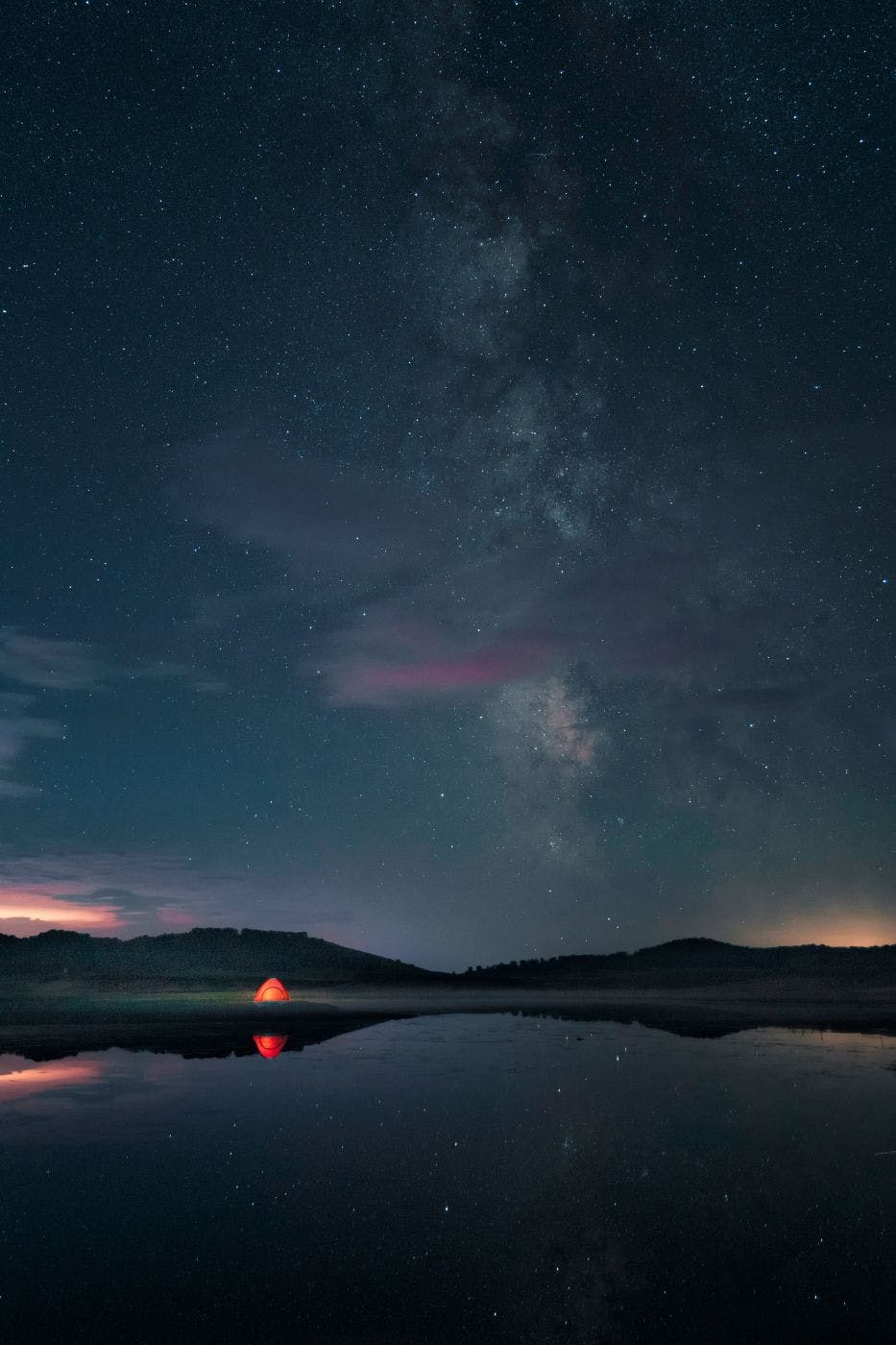
What Brands Can Learn from Silence
Just like a person, a brand can’t always rely on constant talking to exist or be understood. In fact, sometimes the act of speaking less—or pausing entirely—can reveal more than any campaign or post ever could.
When a brand goes silent, several things happen:
- Clarity Emerges – Without a constant stream of messaging, a brand is forced to strip away noise and see what truly matters. What are its core values? Its authentic personality? What is it really offering customers?<br />
- Listening Deepens – Silence creates space for observation. A brand that “listens” to its audience without immediately reacting learns insights it would have missed in the chatter.<br />
- Creativity Surfaces – Just as I found new ways to fill my time at the monastery—journaling, walking, noticing the smallest details—a brand in silence can explore ideas that don’t yet have to be marketed, experimenting with identity, design, or strategy.<br />
- Presence Becomes Powerful – When a brand isn’t constantly shouting, each interaction becomes more meaningful. Every post, every ad, every message is noticed because the audience isn’t inundated.<br />
Think of it like a week in the desert. It’s uncomfortable at first, maybe even frightening. But by stepping away from the noise, a brand can come back more aligned, more intentional, and more alive.
Could a brand benefit from its own “desert week”? Absolutely. And maybe, just maybe, what it learns in the silence will shape everything it says and does after.
Silence in Action: How Brands Benefit
Silence isn’t just a metaphor—it’s a strategy. Some of the world’s most recognizable brands have used pauses, quiet periods, or intentional restraint to sharpen their presence and impact.
Take Apple, for example. The company doesn’t flood the market with messaging. Years can pass between major announcements, and every product launch feels monumental. The silence between campaigns makes customers pay attention to details—the design, the innovation, the experience itself. The absence of constant chatter amplifies the voice when it finally speaks.
Nike takes a similar approach. Instead of over-saturating media channels, the brand steps back at times, letting cultural moments or athlete narratives emerge organically. The gaps in messaging build anticipation. Silence turns into a stage where every ad, every story, every campaign lands with more weight.
Small or emerging brands can experiment in parallel. Imagine a boutique coffee roaster that stops posting on social media for a week. At first, followers notice the silence. But in that pause, the brand has space to observe conversations, understand its audience, and return with content that feels authentic, aligned, and intentional. The absence of noise amplifies what truly matters.
Silence can also act as a lens for reflection. Patagonia provides a clear example. When the company paused certain marketing campaigns during sensitive environmental or social moments, it wasn’t losing visibility—it was sending a signal: its voice isn’t just noise; it’s purpose-driven. In choosing quiet, the brand’s values spoke louder than words ever could.
Contrast this with brands that never pause. Constant posting, relentless campaigns, or over-communication can dilute meaning. Customers begin to tune out; messages lose their impact. The voice becomes background noise rather than a guiding signal. In some cases, it can even erode trust, as audiences struggle to distinguish authentic messaging from repetitive marketing.
The power of silence isn’t just external—it’s internal, too. Just as a week in the monastery allowed me to notice details, reflect, and gain perspective, a pause gives a brand space to listen, reassess, and refine. It allows teams to step back from the daily grind, notice patterns in audience behavior, and make decisions based on clarity rather than urgency.
Ultimately, silence is an amplifier. It heightens perception, increases intentionality, and allows a brand to speak with authority and authenticity when it matters most. Like the desert, the quiet isn’t empty—it’s fertile ground for insight, creativity, and connection.

Applying the Desert Week: Practical Takeaways for Brands
Silence is powerful, but it works best when intentional. Here’s how a brand can experiment with its own “desert week”:
- Pause with Purpose – Choose a specific channel, campaign, or period to step back. Don’t be silent out of neglect; be deliberate. Identify the focus of the pause. Is it listening to your audience, reassessing your messaging, or refining your brand identity?<br />
- Observe and Listen – During the pause, gather insights. Monitor social conversations, feedback, and customer behavior without the pressure to respond immediately. This is the time to notice patterns and understand what truly matters to your audience.<br />
- Reflect Internally – Use the quiet to evaluate your brand’s core values, voice, and positioning. Ask: Are we being authentic? Are our messages aligned with our purpose? What’s working, and what isn’t?<br />
- Experiment in Small Ways – Silence doesn’t have to be total. Test small pauses in campaigns, social media, or messaging. Notice what changes when you speak less: how your audience reacts, engagement levels, and internal focus.<br />
- Return with Intention – When the pause ends, communicate thoughtfully. Every message should reflect the insights and clarity gained during the silence. Make the audience feel that the brand’s voice matters because it’s deliberate, not constant. Silence isn’t absence—it’s strategy. Like a week in the monastery, it’s an opportunity to gain perspective, refine identity, and return stronger, more present, and more authentic. Brands that embrace this practice may find their voice resonates louder precisely because it was quiet.
The Psychology Behind Brand Silence
Silence works because it taps into the way humans perceive and process the world. Our brains are wired to notice scarcity. When something is rare, restrained, or withheld, it automatically draws attention. A brand that pauses its messaging creates a subtle tension—an absence that the mind notices and wants to fill. Each subsequent communication feels more significant because it breaks the quiet, standing out against the backdrop of absence.
Neuroscience supports this. Our attention and memory systems are more engaged when stimuli are infrequent or unexpected. Constant messages can blur together, like background noise. But when a brand steps back, every word, every visual, every interaction becomes more vivid, more memorable. Silence heightens perception. It sharpens focus.
Emotionally, silence can amplify attachment. Absence creates anticipation, curiosity, even longing. Customers begin to wonder: What is this brand preparing? Why haven’t they spoken? That curiosity primes the audience to pay closer attention, to engage more deeply, and to remember the brand’s next move long after it appears.
Behavioral economics echoes the same truth. Humans assign greater value to things that are limited or rare. A pause signals intentionality. It tells your audience that your voice is deliberate, not just noise, and that the brand cares about quality over quantity. This perceived authenticity strengthens trust and deepens connection.
Social psychology offers another layer. Silence creates space for conversation, speculation, and participation. Just as an empty chair invites a visitor to sit, a brand that steps back invites its community to fill the space. Customers start talking—not just about products, but about the brand itself. This amplifies engagement in ways constant messaging cannot.
Finally, silence gives the brand’s internal team space to reflect and reset. In the monastery, I had hours to notice, think, and explore. For a brand, a pause allows the team to evaluate messaging, clarify values, and spark creativity. Unhurried reflection often leads to ideas that are richer, more authentic, and more aligned with the audience.
In essence, silence is strategic, not passive. It works because it leverages attention, memory, emotion, social dynamics, and internal clarity. Like a week in the desert, the quiet isn’t empty—it’s fertile ground for insight, creativity, and resonance.
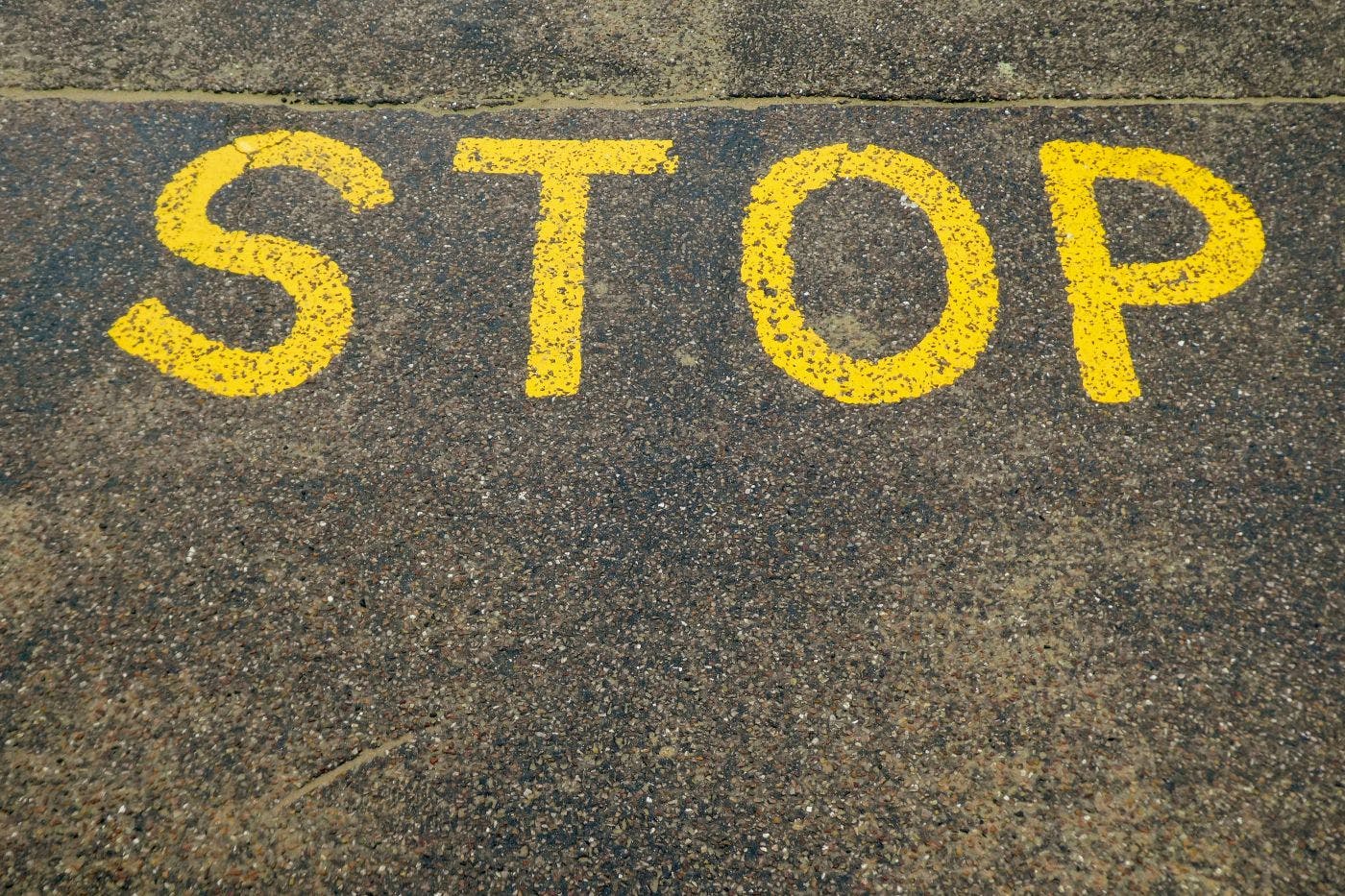
More Examples: Brands That Benefited from Strategic Pauses
Silence isn’t just theory—it has practical applications across industries, large and small. Some brands have deliberately stepped back, and the results are striking.
Consider Dropbox. In its early days, the company limited marketing noise, relying on word-of-mouth and selective outreach. The scarcity of communication made each message, referral, and announcement feel significant, helping the brand build loyal advocates and a strong, engaged user base.
Glossier, the beauty brand, follows a similar philosophy. It doesn’t flood social media with nonstop product promotions. Instead, it curates content carefully, letting fans generate much of the conversation. The quiet moments make every launch feel exciting, authentic, and community-driven.
Even in entertainment, silence can be strategic. When Netflix withheld announcements about certain releases, anticipation surged. Social chatter filled the gaps, speculation ran rampant, and the eventual reveal carried more cultural weight than if the brand had constantly broadcast every update.
Smaller brands can experiment, too. Imagine a local craft brewery halting social posts for a month. During that pause, the team observes which products resonate most, which experiences customers value, and what conversations emerge organically. When the brewery returns with content, it’s informed, deliberate, and immediately relevant.
Across these examples, one truth emerges: silence isn’t emptiness. It’s intentional, strategic, and deeply informative. By stepping back, brands allow space for insight, creativity, and engagement to grow stronger than constant noise ever could.
Applying the Desert Week: Practical Takeaways for Brands
Silence is powerful, but it works best when intentional. Here’s how a brand can experiment with its own “desert week”:
- Pause with Purpose – Choose a specific channel, campaign, or period to step back. Don’t be silent out of neglect; be deliberate. Identify the focus of the pause. Is it listening to your audience, reassessing your messaging, or refining your brand identity?<br />
- Observe and Listen – During the pause, gather insights. Monitor social conversations, feedback, and customer behavior without the pressure to respond immediately. This is the time to notice patterns and understand what truly matters to your audience.<br />
- Reflect Internally – Use the quiet to evaluate your brand’s core values, voice, and positioning. Ask: Are we being authentic? Are our messages aligned with our purpose? What’s working, and what isn’t?<br />
- Experiment in Small Ways – Silence doesn’t have to be total. Test small pauses in campaigns, social media, or messaging. Notice what changes when you speak less: how your audience reacts, engagement levels, and internal focus.<br />
- Return with Intention – When the pause ends, communicate thoughtfully. Every message should reflect the insights and clarity gained during the silence. Make the audience feel that the brand’s voice matters because it’s deliberate, not constant.<br />
Silence isn’t absence—it’s strategy. Like a week in the monastery, it’s an opportunity to gain perspective, refine identity, and return stronger, more present, and more authentic. Brands that embrace this practice may find their voice resonates louder precisely because it was quiet.
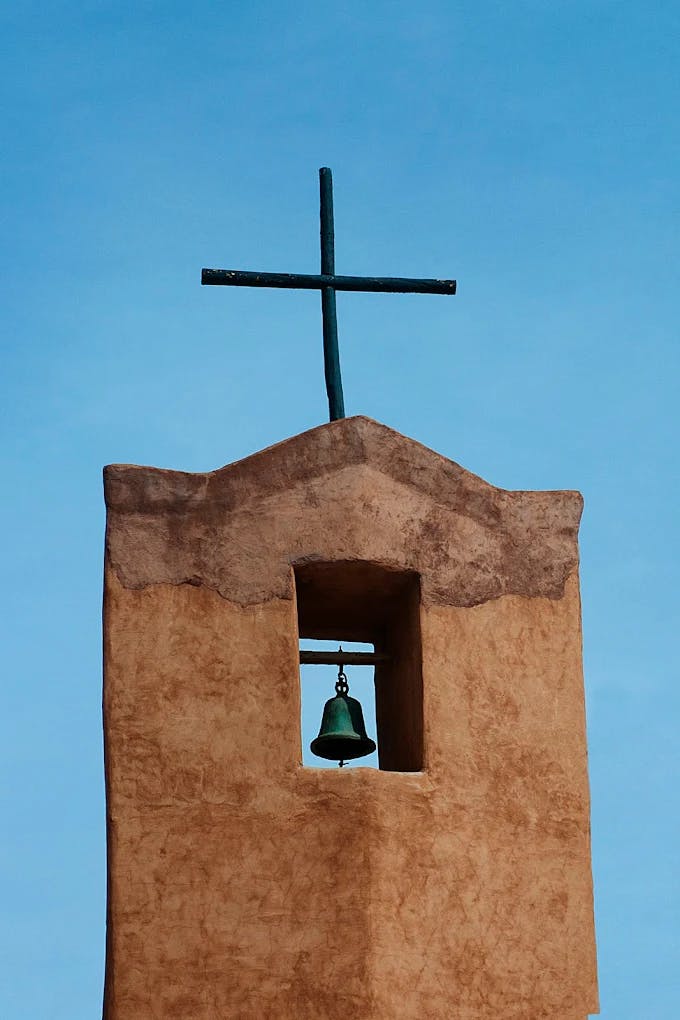
Summing Up
A week in the monastery taught me more than just the value of quiet—it revealed the power of presence, observation, and intentionality. For brands, the lesson is strikingly similar: stepping back, pausing, and embracing silence can create clarity, spark creativity, and strengthen connection with your audience.
At ThoughtLab, we often explore how brands can move beyond constant noise to find their authentic voice. A “desert week” isn’t about doing less—it’s about doing what matters most, and doing it deliberately. By giving both teams and audiences space to breathe, reflect, and observe, brands can return stronger, more intentional, and more resonant than ever.
Silence is not the absence of communication—it’s the amplifier of meaning. Sometimes, the quietest voice is the one that speaks loudest.
